Producing an archive?
-
Building an interdisciplinary community on the 3D study of coral skeletonsJeudi du vivant
18 mars 2021 - LAAS-CNRS [on line]
I am situated into a technological research laboratory, (that you all know well) inside a team of science engineers, the ELiA team (Engineering for Life Sciences)
My designer background and my integration in the team made me at first an observer. What do I see?
Salle Blanche Zone de fabrication, Nanoscribe, LAAS-CNRS
Photographie : Elise Rigot
MultiFab LAAS-CNRS
Photographie : Elise Rigot
C211 Paillasse de laboratoire, LAAS-CNRS
Photographie : Elise Rigot
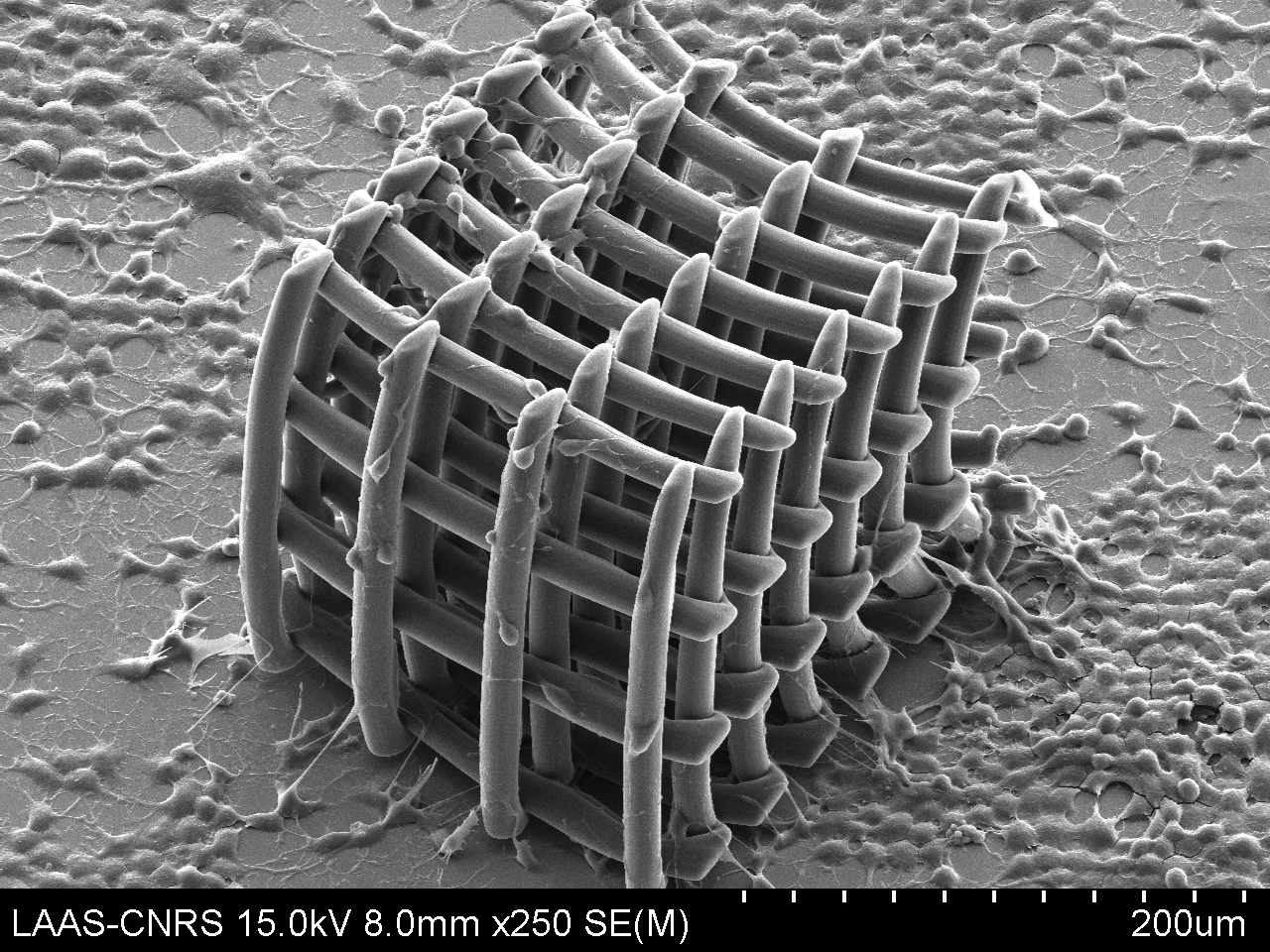
3D Scaffolds fabricated by 2 photon lithography nanoscribe® GmbH IpDip
MEB, Angelo Accardo, LAAS-CNRS
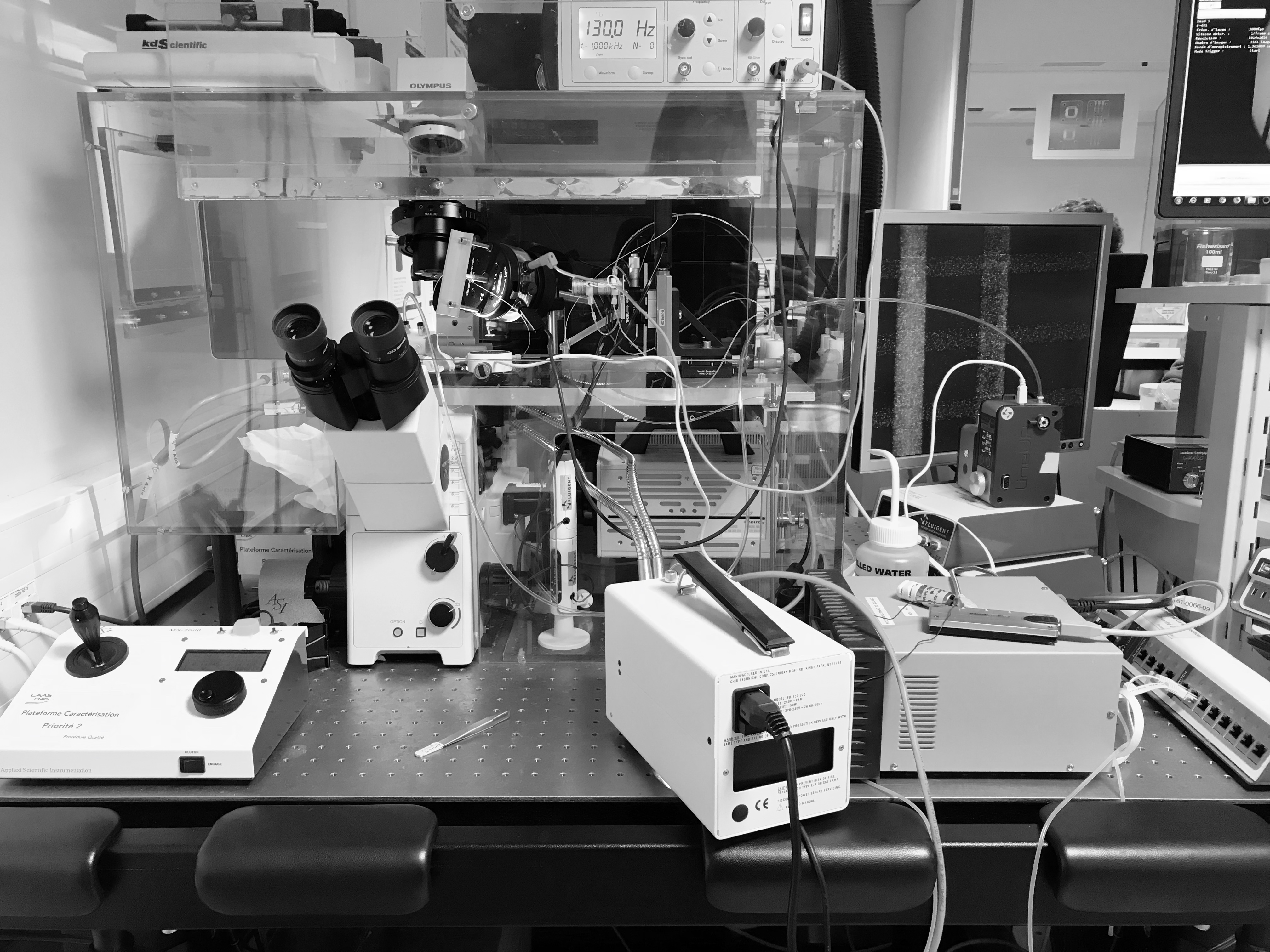
Prototype, technologie LAMP
Photographie : Elise Rigot
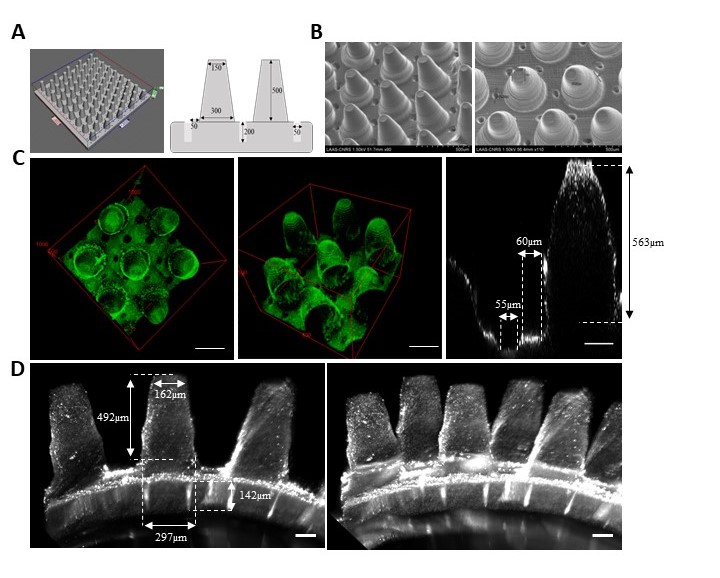
Travail de Justine Cerff & Laurent Malaquin sur l'intestin
" La biologie c'est le départ, la biologie doit être la question. "
What I'm wondering: What's the place of design is thoses forms of production? in this production of forms? Is it "form of science" itself?
Then: How to conduct this deviation, these bifurcations?
Nicolas Nova et Lysianne Léchot Hirt, « Ethnographier avec le design », Techniques & Culture [En ligne], Suppléments au n°71
Nicolas Nova et Lysianne Léchot Hirt, « Ethnographier avec le design », Techniques & Culture [En ligne],
Suppléments au n°71
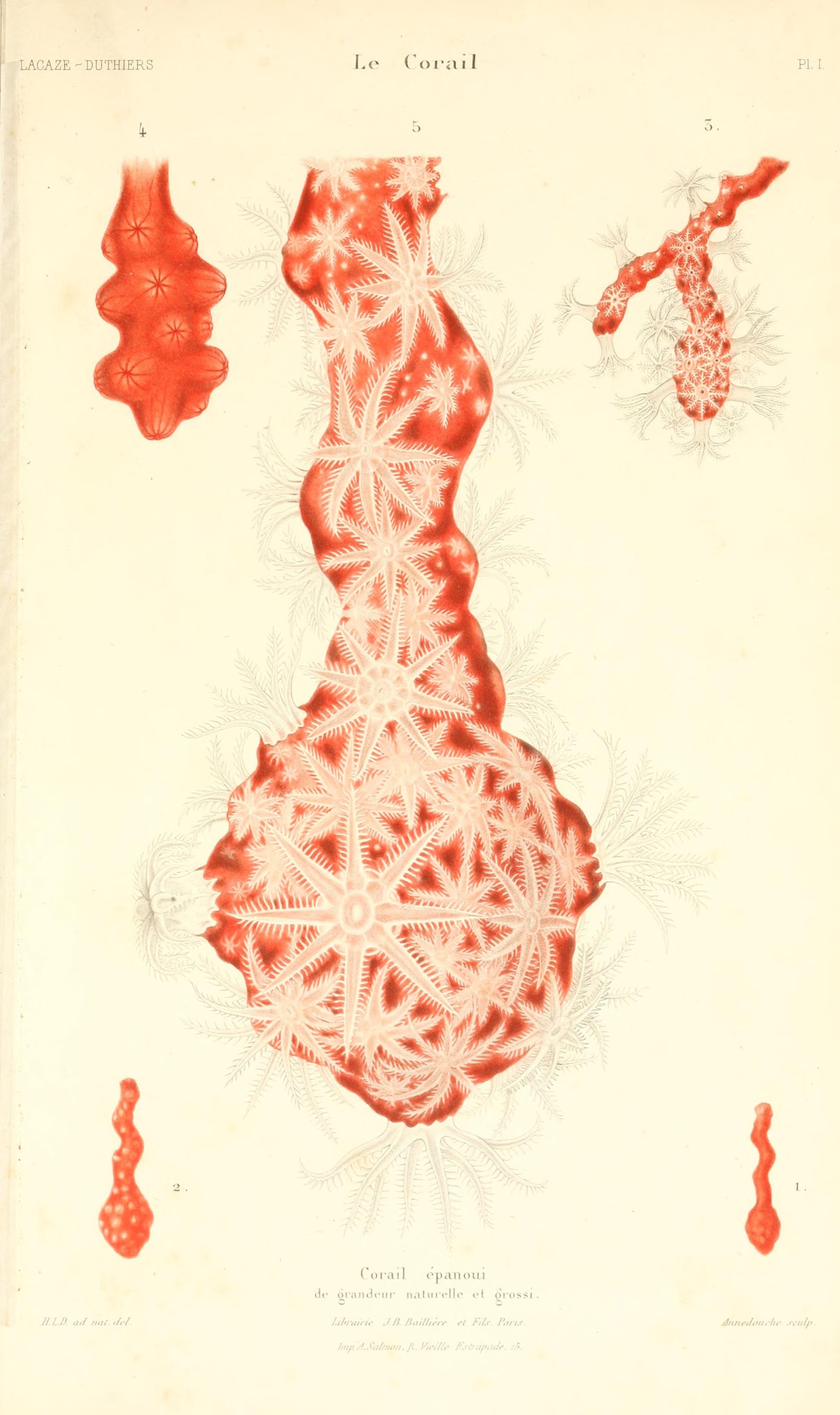
What's coral?
Corals are small animals of the cnidarian family, that live in colonies, mostly in warm seas. They have the property to build their exoskeleton, calcareous and hard, thus forming reefs.
Illustration : Henri de Lacaze-Duthiers, Histoire naturelle du corail: organisation, reproduction, pêche en Algérie, industrie et commerce, J.-B. Baillière et fils, 1864, on line
Coral reefs occupy barely 0.1% of the ocean's surface (or 1.2% of the continental shelves), and are home to an exceptional biodiversity with essential ecological functions. More than 25% of the world's marine biodiversity evolves in them; many species depend on them.
The ocean absorbs carbon from the atmosphere and contributes to the decrease of the CO2 level; nearly 50% of the CO2 absorption is assimilated via plankton, fish and corals.
From David Enon, « Mineral Accretion Factory ou la mer comme usine nouvelle », Techniques & Culture. Revue semestrielle d’anthropologie des techniques, no 67, 2017, p. 240‑257, personal translation
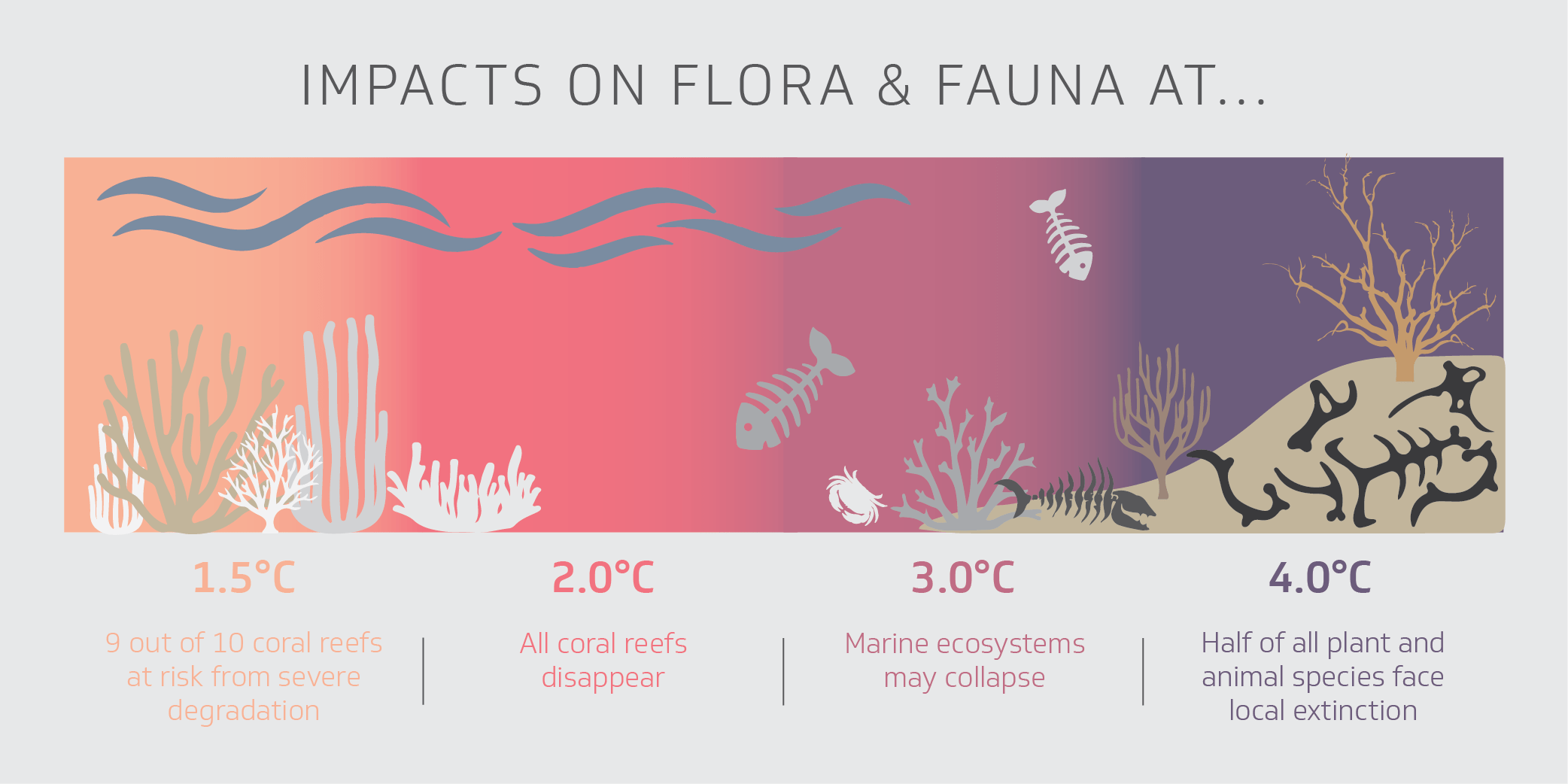
Différence entre +1,5°C (accord de Paris, 2015) et +2°C
The case of coral is symbolic, exemplary, and formidable: 40% of the reefs have disappeared and by 2050, according to IPCC forecasts, almost all of this form of life will have left the surface of our oceans.
Source : Groupe d'experts intergouvernemental sur l'évolution du climat (IPCC)
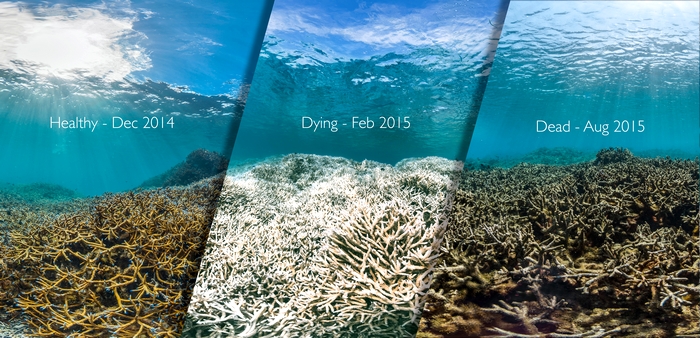
Coral is a marker of global warming.
Source : Flickr
Symbiosis collapse
Is a Coral a Predator, a Producer, or Both? by California Academy of Sciences
—
Interdisciplinary approach
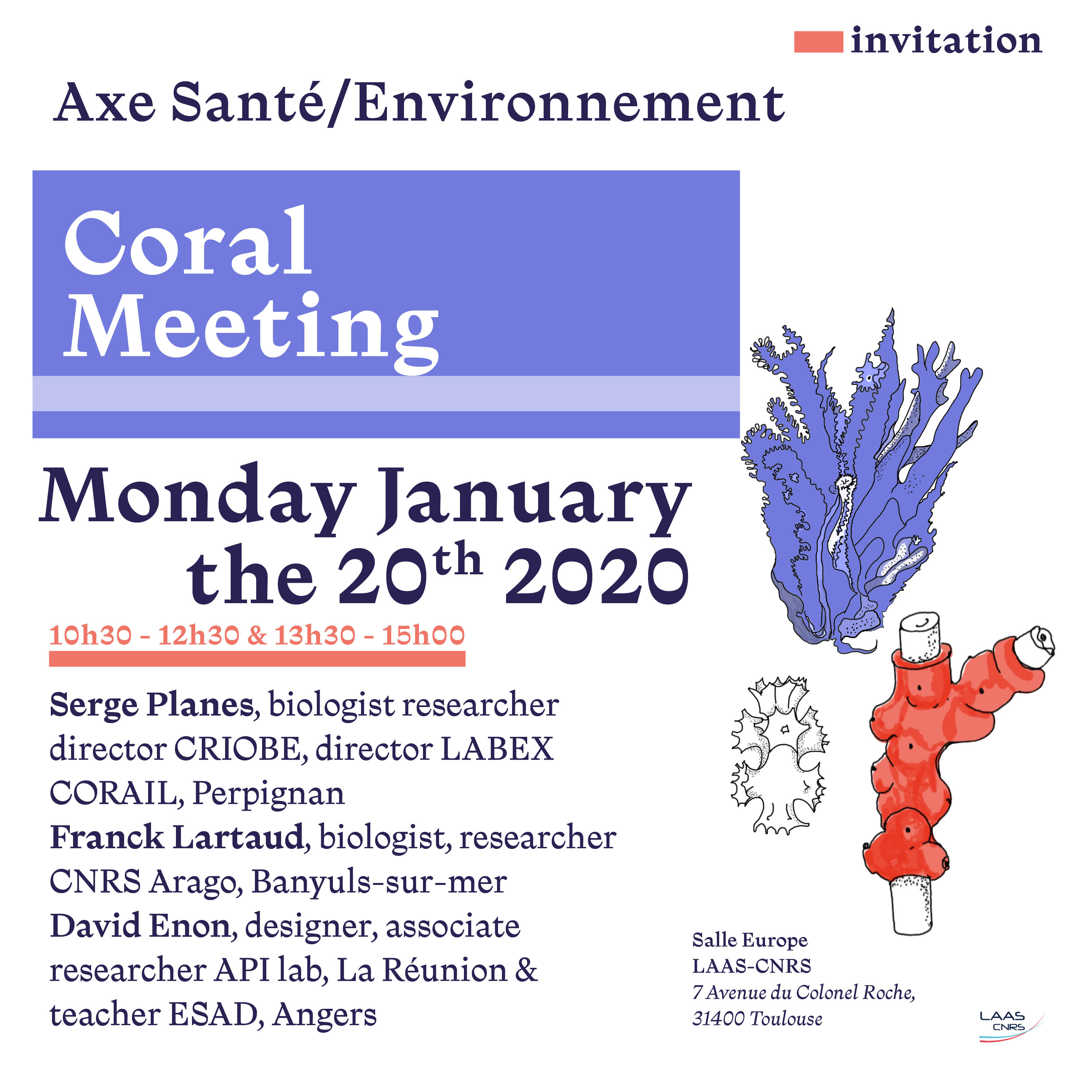
What should be produced? [and should we (still) produce?]
This is the question we wanted to ask ourselves collectively during a workshop that I organized thanks to the Axis Santé/Environnement of the lab on 20th january 2020 inbetween design, engineering and biology around coral organisms.
Engineering sciences and design practices have indeed this common trait of conceiving technical objects and thinking about their production.
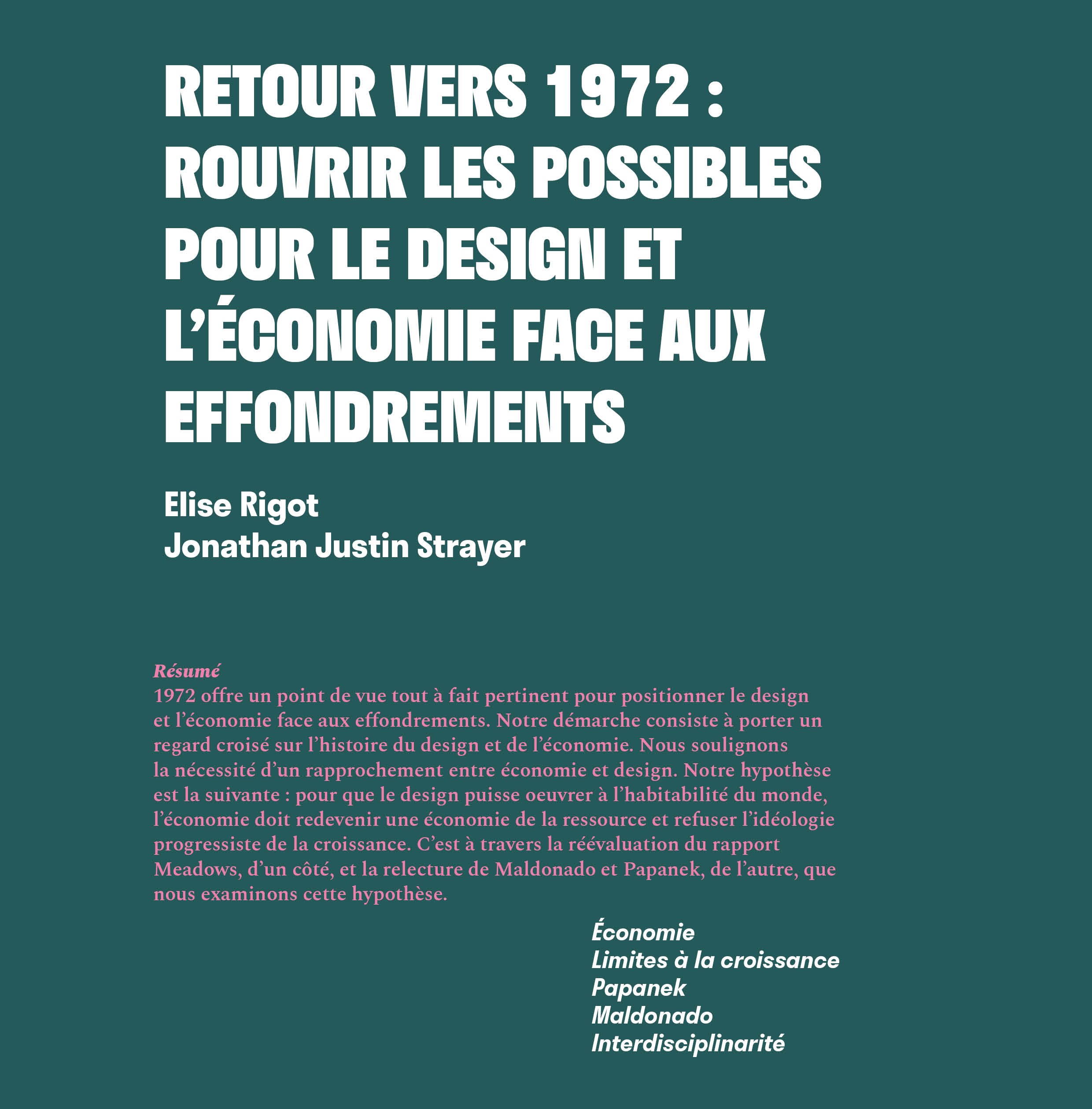
An idea that has been coming back since the Italian radicals architects and designers groups of the 1970s is that of "de-projet", of making place ("Faire place"Pierre-Damien Huyghe), of eliminating by design (Tony Fry), to delete (de Noblet).
Source : Élise Rigot et Jonathan Justin Strayer, « Retour vers 1972 : rouvrir les possibles pour le design et l’économie face aux effondrements », Sciences du Design, vol. n° 11, no 1, 2020, p. 32-41
Compte-rendu JE Corail
Compte-rendu dessiné des différentes idées partagées durant la JE Corail
1/ A techno-solutionist vision of scientific practices and aims
2/ Participate in the production of bio-artificial reefs
3/ "Educate" the "general public"
“ Design is a powerful analysis and repair tool. “
Paola Antonelli et Ala Tannir, Broken Nature, XII Triennale di Milano, 2019, p. 18
Photo : Elise Rigot
Applied to the living, repair no longer makes sense, it would rather become the search for a new dimension of life and not a return to a previous state of balance.
To construct a common tool shared between scientists and citizens, a hybrid between an archive and a tool for "science in the making" (Latour).
We have a funding from the Dassault Foundation to take care of this project.
We also beneficiate from the Pi² technical support to produce the plateform and the database.
—
Technical developments of 3D views
IMFT, salle du tomographe à rayon X
IMFT, salle du tomographe à rayon X, source à rayon X
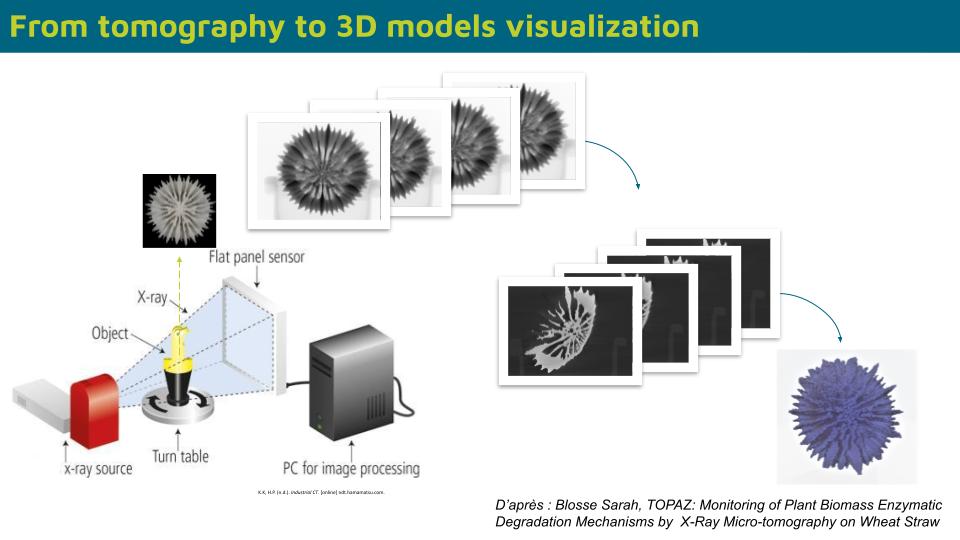
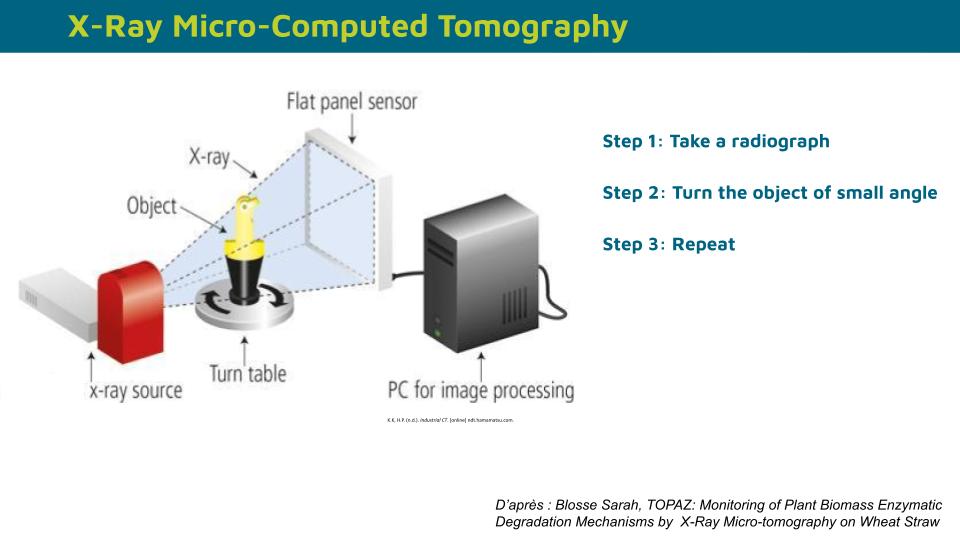
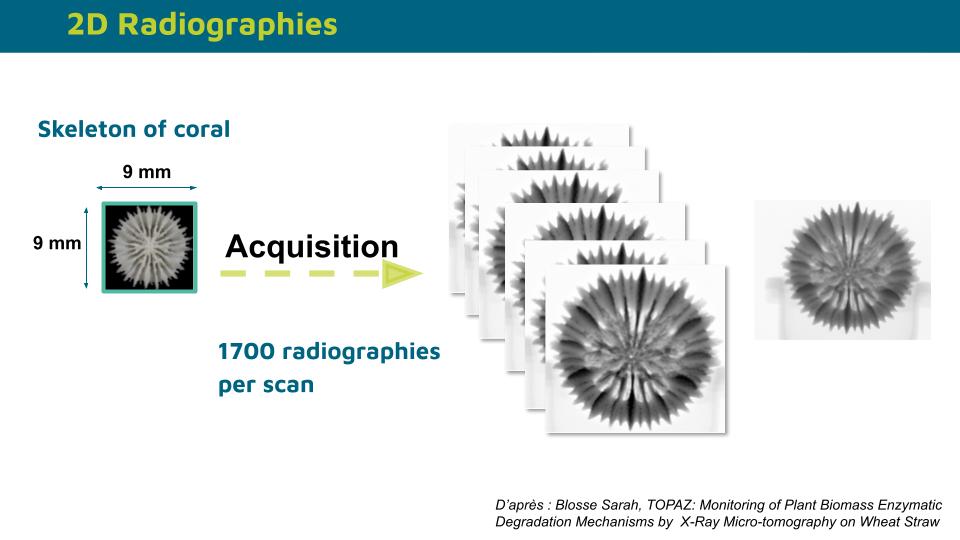
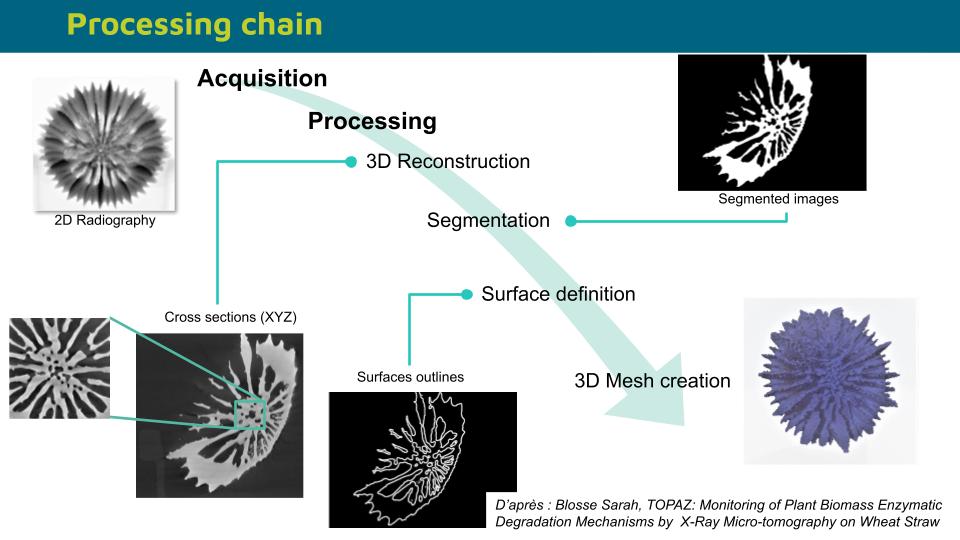

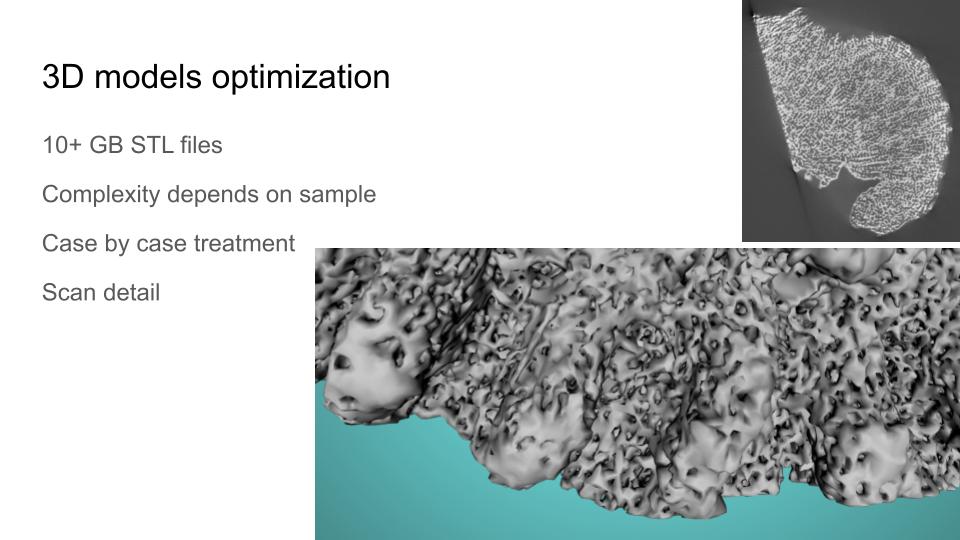
Quelques corallites extraits de Porites alveolata

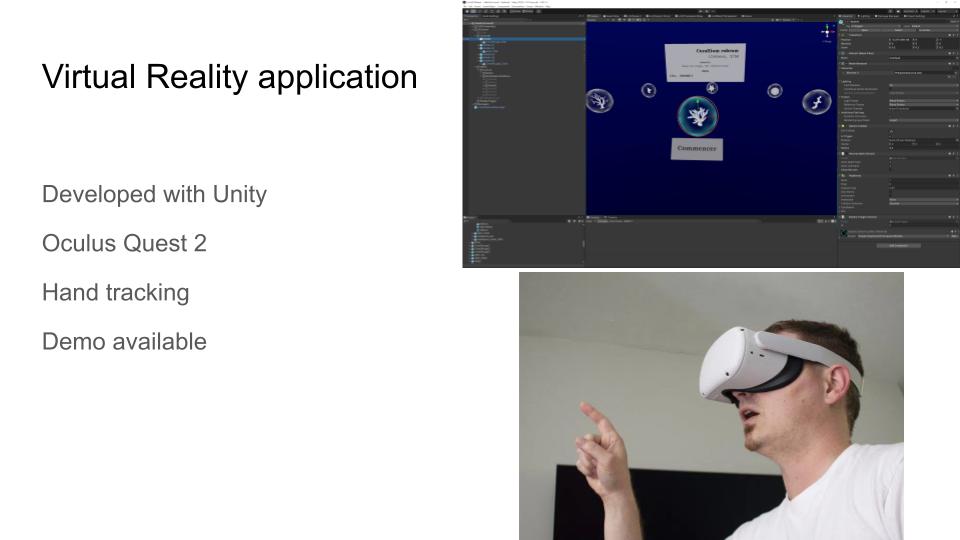
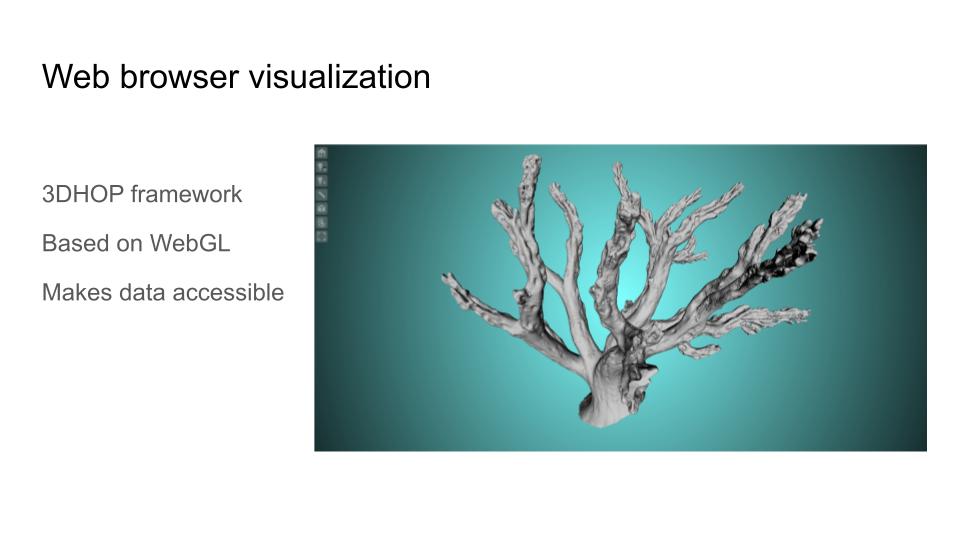
—
Scientific construction of the Atlas/Archive (name complicated to found!)
Visite des collections de scléractinaires au MNHN
Photo : Elise Rigot
Visite des collections scléractinaire au MNHN auprès de Magalie Caselin et Isabelle Domart-Coulon
Vidéo : Elise Rigot
Recherche des échantillons à faire rentrer dans la collection
Photo : Elise Rigot
Recherche des échantillons à faire rentrer dans la collection
Photo : Elise Rigot
Porites alveolata Milne Edwards, 1860, type
Photo : Elise Rigot
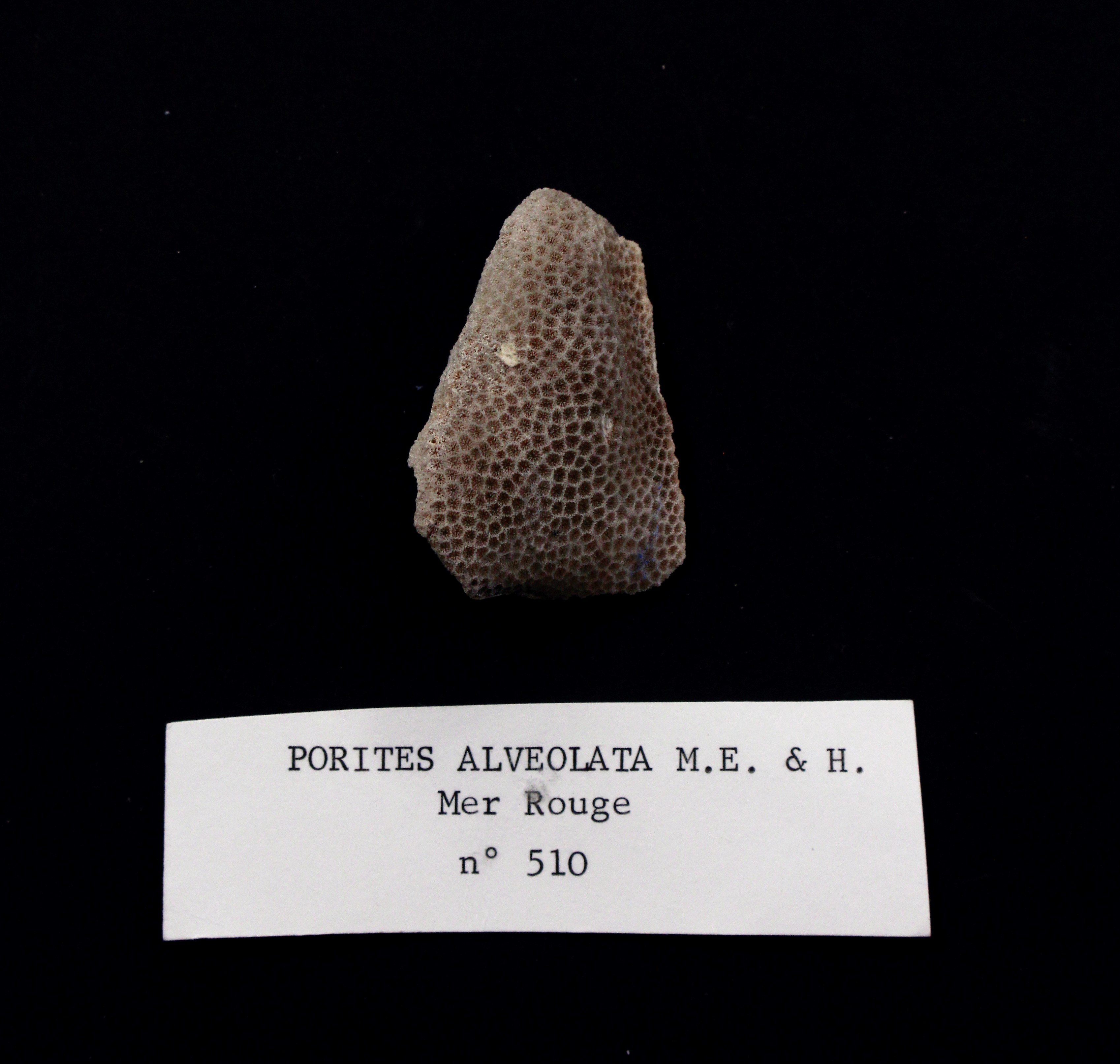
Porites alveolata Milne Edwards, 1860, fragment du type
Photo : Elise Rigot
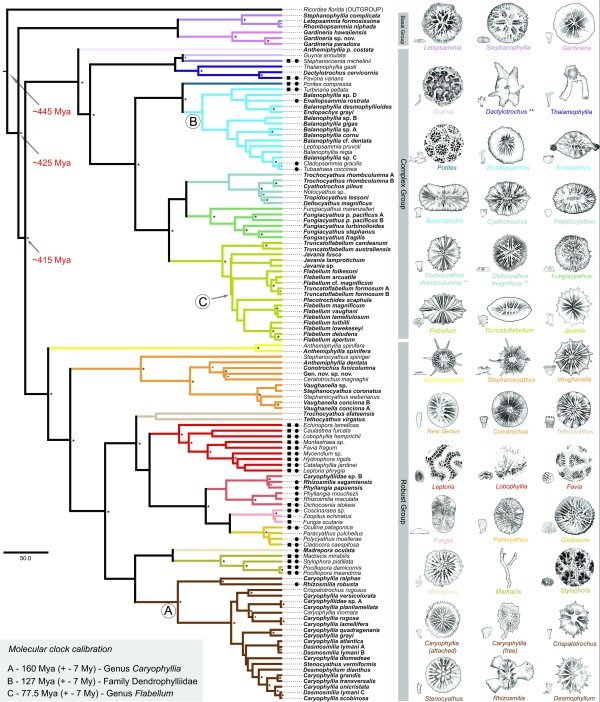
Phylogeny Scleractinia
Source : Stolarski et al, 2011 ,BMCE vol Biol
Début de la collection établie avec le muséum d'histoire naturelle de la ville Paris - 15 échantillons
-1-historical expeditions
-2-critically endangered species
-3-contemporary expeditions
-4-Fossils
-5-Gorgonians (alcool)
-6-Deep / cold water corals
-5-Red corals
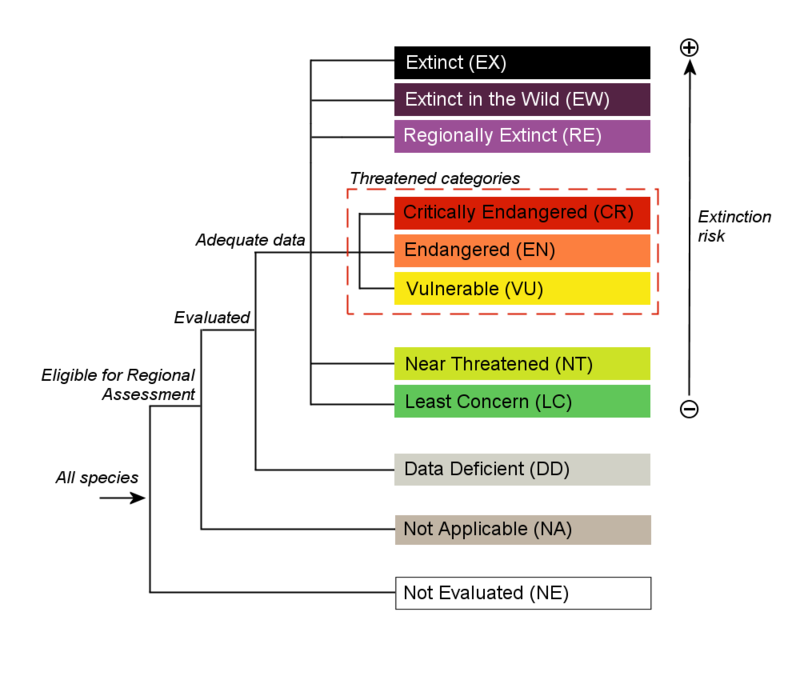
IUCN RED LIST OF THREATENED SPECIES
"A taxon is Critically Endangered (CR) when the best available evidence indicates that it meets any of the criteria A to E for Critially Endangered, and it is therefore considered to be facing and extremely high risk of extinction in the wild.""
Source : iucnredlist.org
Critically Endangered (CR) species of corals
Source : coraltraits database
Deltocyathus crassiseptum Cairns, 1999, WALLIS ET FUTUNA, 1992, MUSOSTORM 7
Collection du Muséum d’Histoire Naturelle de Paris, Paratype
Press the "palette" tool to see the coral skeleton in transparency
Expédition Musorstom 7, Collection du Muséum d’Histoire Naturelle de Paris, Paratype
-Prof 325-400m
-12°30' S 176°41' W
-Ordre : Scleractinia
-Famille : Caryophylliidae
-Genre : Deltocyathus
Informations for webapp
1.An open access digital platform for the scientific community and citizens
2.3D visualization of coral structures
3.Scientific mediation of the library through exhibitions
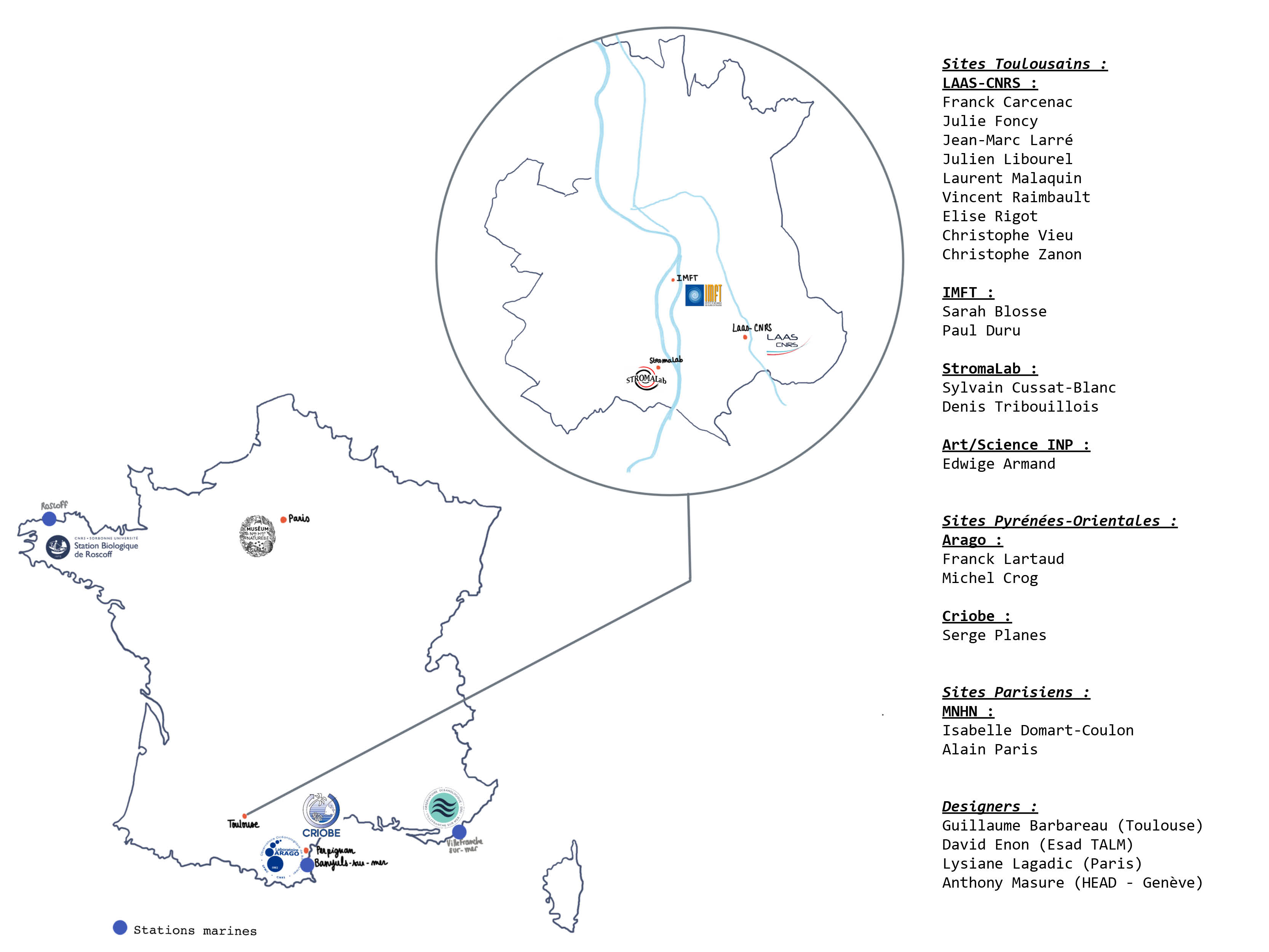
Map of actors / partners
--> Culture
--> Growth
--> Perception
Each of these working groups contributes to the more global project of the Atlas/Archive and becomes a place of exchange, listening and mutual share of methods, know-how, tools and resources.
Compte-rendu de la réunion (in french and not to publish around) : here
Growth aims to study growth models mathematically or experimentally using 3D scanning tools.
Perception
aims to study how we can make visible and perceptible, the coral and its current issues.
We are going through a cultural crisis.
It is necessary, in my opinion, to place scientific practices in a cultural approach. Putting science into culture (Levy Leblond) ; or putting scientific practices into cultural issues.
—
Time / scale perceptions
-600 million years / +40 years
How to show the different perceptions of time?
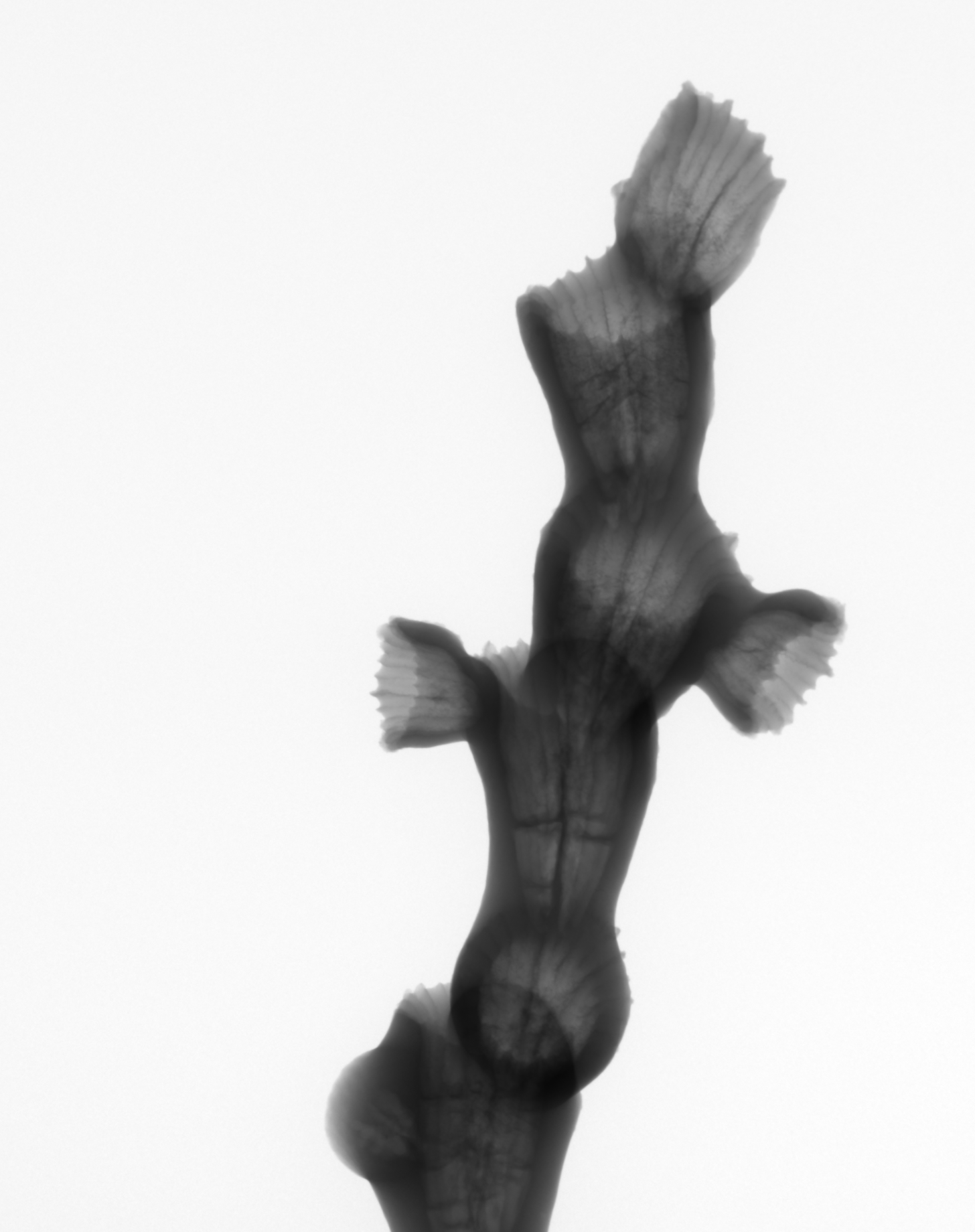
Reconstruction 3D d'un corail par Tomography 3D à rayon X Institut de Mécanique des Fluides de Toulouse, IMFT, tout droit réservé

Reconstruction 3D d'un corail par Tomography 3D à rayon X
Institut de Mécanique des Fluides de Toulouse, IMFT, tout droit réservéFragments de squelettes de Lophelia
Impression 3D en argile réalisée au 8FabLab par Guillaume Barbareau (dir. artistique : Elise Rigot)
Fragments de squelettes de Lophelia
Impression 3D en argile réalisée au 8FabLab par Guillaume Barbareau (dir. artistique : Elise Rigot)
Fragments de squelettes de Lophelia
Impression 3D en argile réalisée au 8FabLab par Guillaume Barbareau (dir. artistique : Elise Rigot)
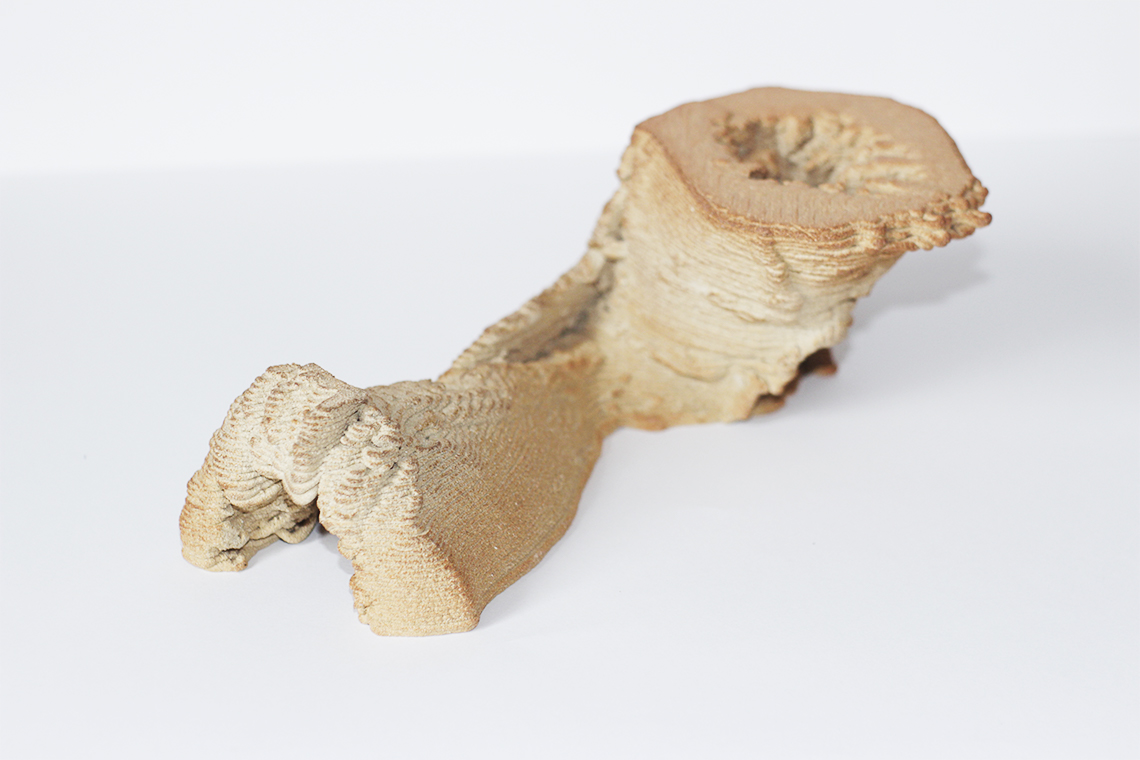
Fragments de squelettes de Lophelia
Impression 3D en argile réalisée au 8FabLab par Guillaume Barbareau (dir. artistique : Elise Rigot)
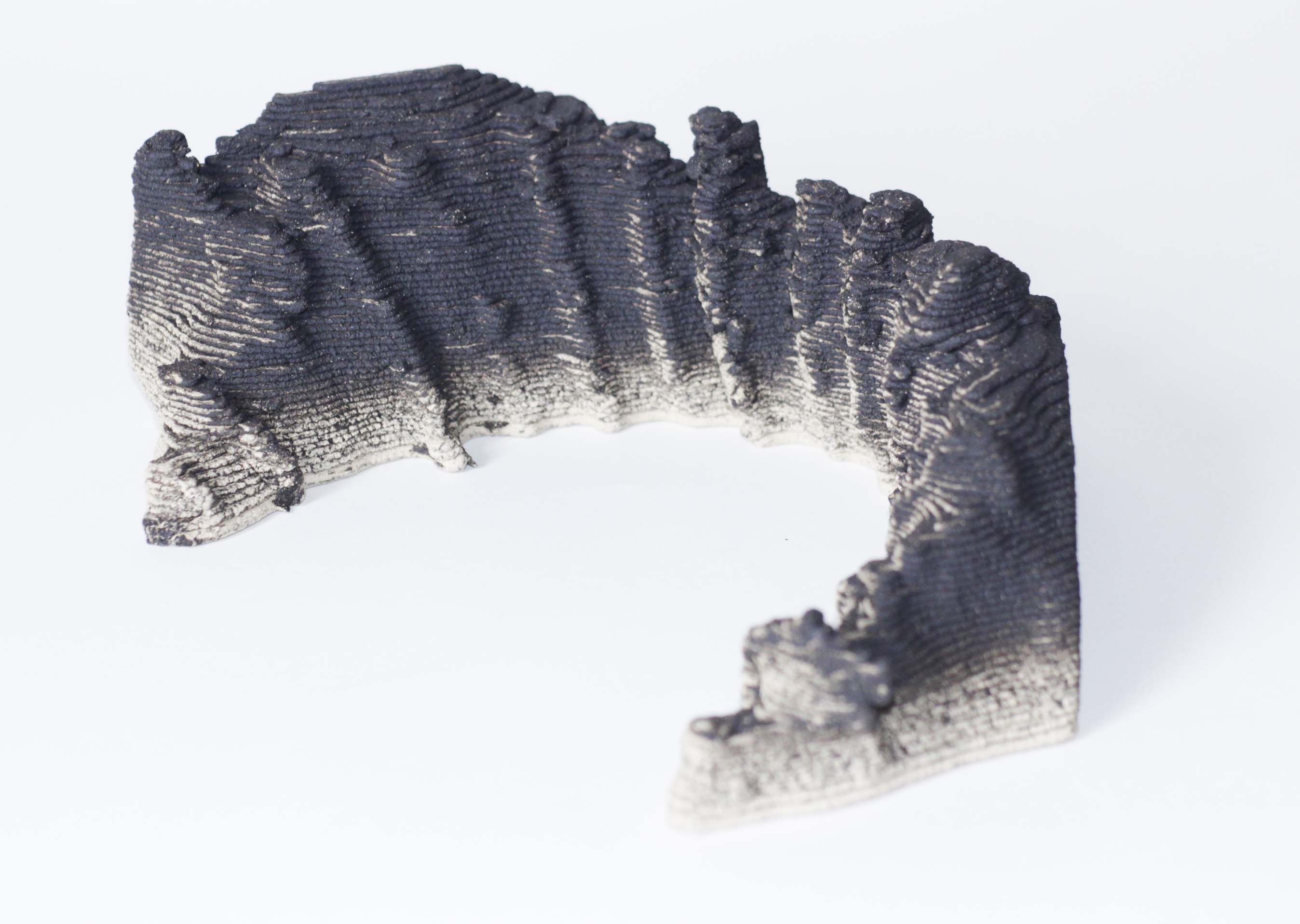
Fragments de squelettes de Lophelia
Impression 3D en argile réalisée au 8FabLab par Guillaume Barbareau (dir. artistique : Elise Rigot)
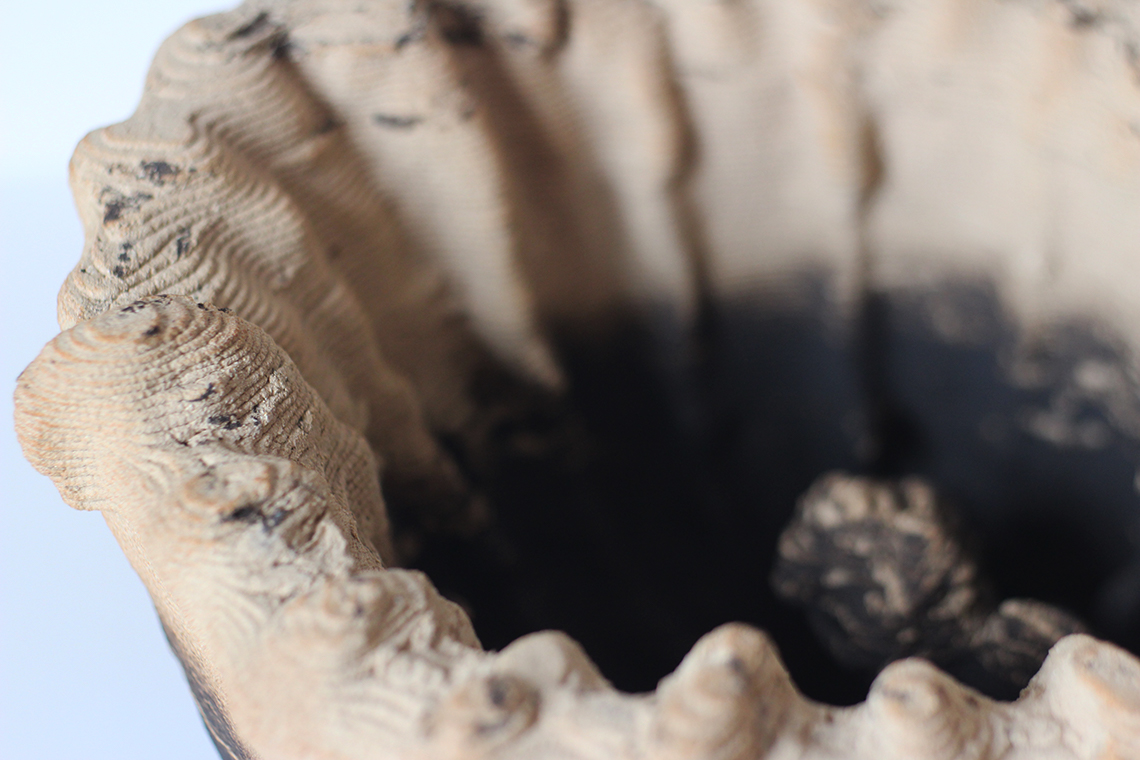
Fragments de squelettes de Lophelia
Impression 3D en argile réalisée au 8FabLab par Guillaume Barbareau (dir. artistique : Elise Rigot)
Exposition Bi-centenaire Lacaze-Duthiers
Dates : 28-29-30 mai 2021
Lieu : Biodiversarium, Banyuls-sur-mer
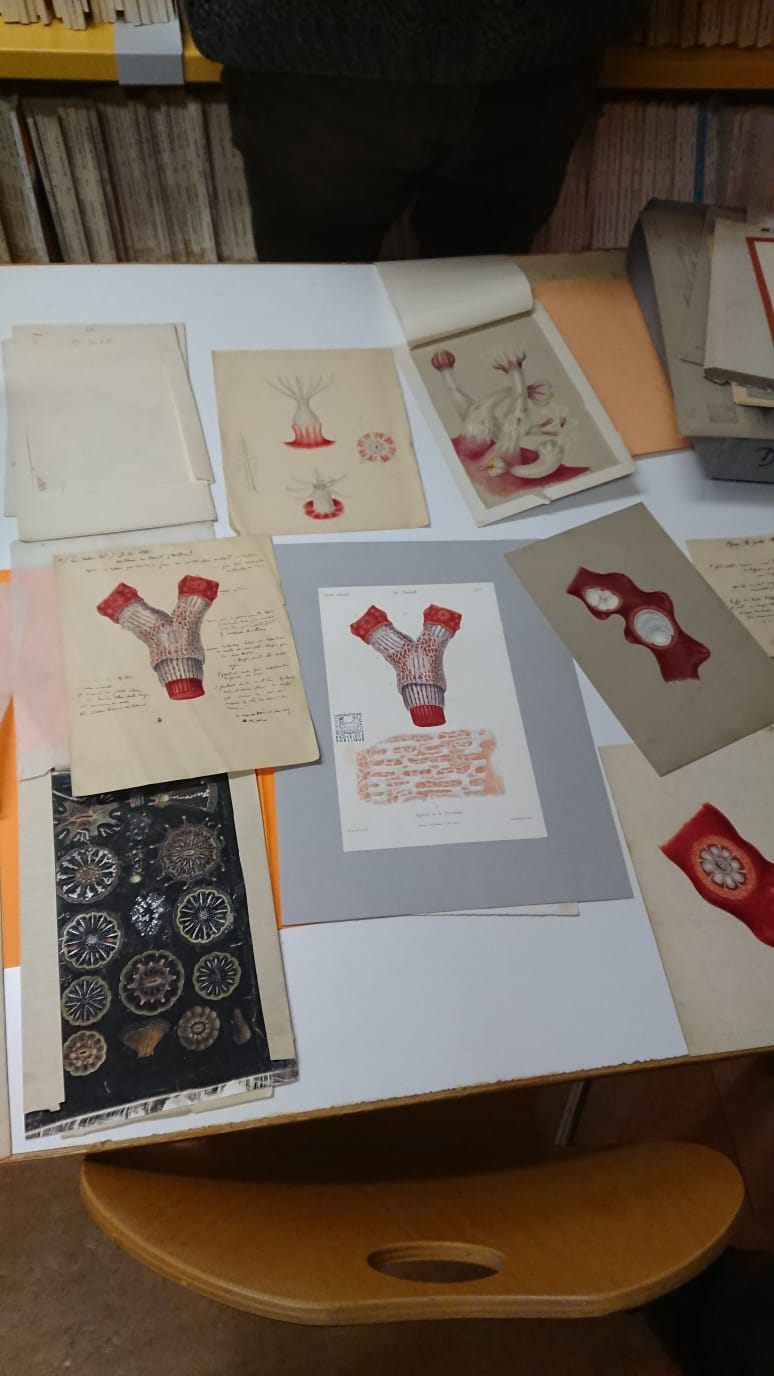
Préparation de l'exposition Bi-centenaire Lacaze-Duthiers
Dans la bibliothèque du laboratoire Arago, Banyuls-sur-mer
dessins originaux et épreuves de Lacaze-Duthiers
Exposition Le Petit Festival - organisé par Razerka Lavant
Dates : 23-24-25-26 juin 2021
Lieu : Gymnase et ancienne piscine de Cerbère
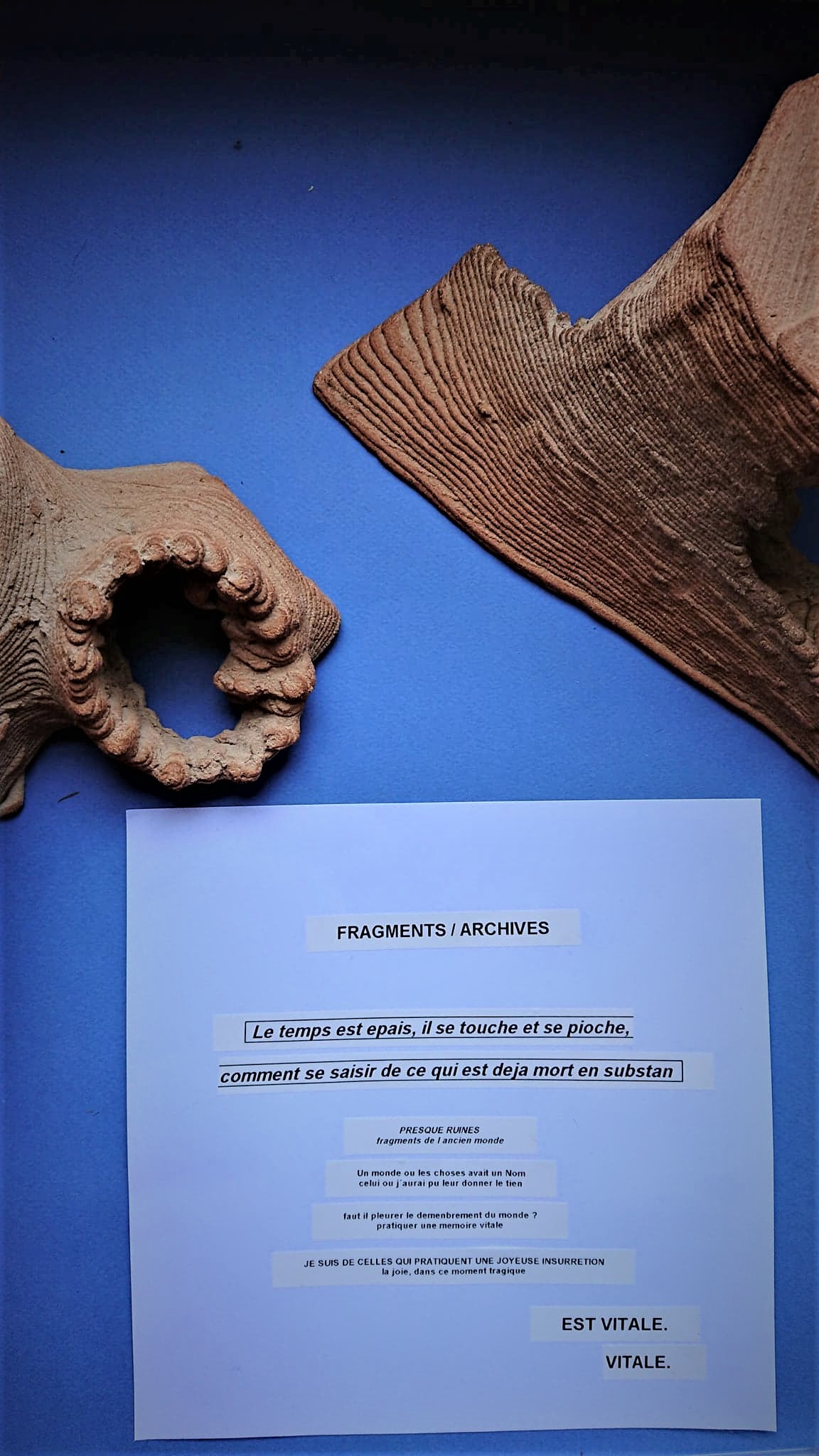
How to name what in substance already has the voice of the dead? Should we, like the neo-pagan witch Starhawk (1990), cry and lament the dismemberment of the world? To practice a vital memory.
Photo : Elise Rigot
—
Perception of inter-species relationships: what ties us together?
Merci beaucoup de votre écoute !
For those interested you can test the experience of perception in virtual reality (Occulus Quest headset) with Denis Tribouillois at the open space of ELiA team (bat. C first floor)
more infos : erigot [at] laas [.] fr
—
Présentation conçue avec Reveal.js, MIT License
Crédits Images/PDF : Tout droit réservé (aucune réutilisation possible sans accord de l'auteur)
Propriété intellectuelle de cette présentation : Tout droit réservé à Elise Rigot
Crédits typo : IBM Plex, Mike Abbink / Bold Monday, 2018
Crédits graphisme CSS : Elise Rigot d'après un CSS d'Anthony Masure